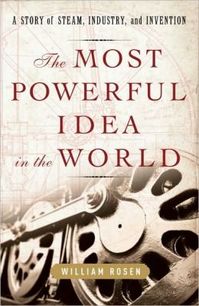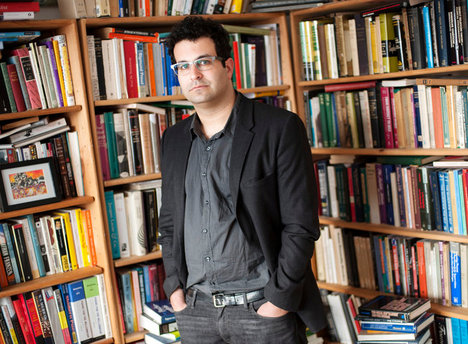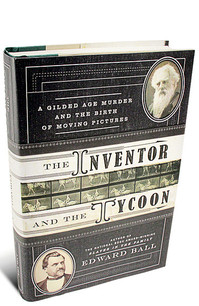(p. 222) The Amish use disposable diapers (why not?), chemical fertilizers, and pesticides, and they are big boosters of genetically modified corn. In Europe this corn is called Frankenfood. I asked a few of the Amish elders about that last one. Why do they plant GMOs? Well, they reply, corn is susceptible to the corn borer, which nibbles away at the bottom of the stem and occasionally topples the stalk. Modern 500-horsepower harvesters don’t notice this fall; they just suck up all the material and spit out the corn into a bin. The Amish harvest their corn semimanually. It’s cut by a chopper device and then pitched into a thresher. But if there are a lot of stalks that are broken, they have to be pitched by hand. That is a lot of very hard, sweaty work. So they plant Bt corn. This genetic mutant carries the genes of the corn borer’s enemy, Bacillus thuringiensis, which produces a toxin deadly to the corn borer. Fewer stalks are broken and the harvest can be aided with machines, so yields are up. One elder Amish man whose sons run his farm said he was too old to be pitching heavy, broken cornstalks, and he told his sons that he’d only help them with the harvest if they planted Bt corn. The alternative was to purchase expensive, modern harvesting equipment, which none of them wanted. So the technology of genetically modified crops allowed the Amish to continue using old, well-proven, debt-free equipment, which accomplished their main goal of keeping the family farm together. They did not use these words, but they made it clear that they considered genetically modified crops appropriate technology for family farms.
Source:
Kelly, Kevin. What Technology Wants. New York: Viking Adult, 2010.
(Note: italics in original.)









